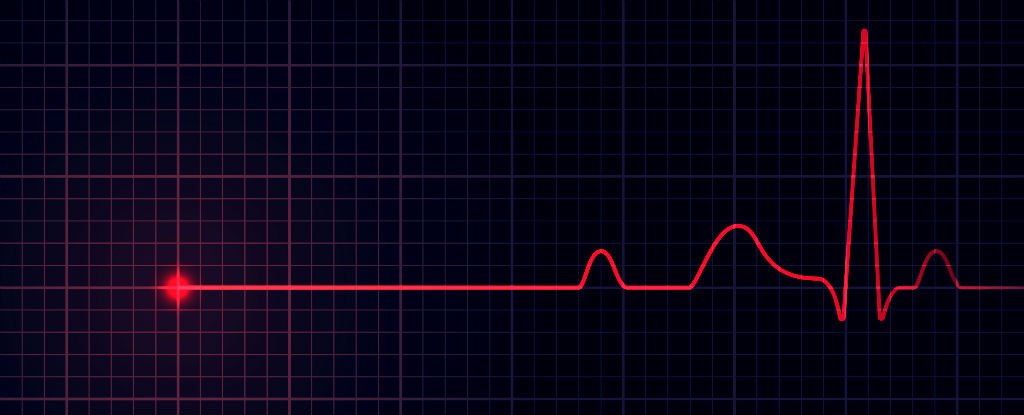Human Heartbeat Human heart beating loud and strong. Could also be used to show someone is worried, afraid, or injured. Human Heartbeat Sounds & Music Loops Page 1 Use these sounds to make your own music. This page contains Human Heartbeat sounds & music loops that are available in either.wav or.mp3 format. Want to hear what it sounds like? Just click on the flash mp3 player play button below. Or visit that sounds page by clicking the link. If you want to download the audio clip the just click on the.
The heart's electrical system
The atria and ventricles work together, alternately contracting and relaxing to pump blood through your heart. The electrical system of your heart is the power source that makes this possible.
Your heartbeat is triggered by electrical impulses that travel down a special pathway through your heart:
- SA node (sinoatrial node) – known as the heart’s natural pacemaker. The impulse starts in a small bundle of specialized cells located in the right atrium, called the SA node. The electrical activity spreads through the walls of the atria and causes them to contract. This forces blood into the ventricles. The SA node sets the rate and rhythm of your heartbeat. Normal heart rhythm is often called normal sinus rhythm because the SA (sinus) node fires regularly.
- AV node (atrioventricular node). The AV node is a cluster of cells in the center of the heart between the atria and ventricles, and acts like a gate that slows the electrical signal before it enters the ventricles. This delay gives the atria time to contract before the ventricles do.
- His-Purkinje Network. This pathway of fibers sends the impulse to the muscular walls of the ventricles and causes them to contract. This forces blood out of the heart to the lungs and body.
- The SA node fires another impulse and the cycle begins again.
At rest, a normal heart beats around 50 to 99 times a minute. Exercise, emotions, fever and some medications can cause your heart to beat faster, sometimes to well over 100 beats per minute.


How fast does the normal heart beat?
How fast the heart beats depends on the body's need for oxygen-rich blood. At rest, the SA node causes your heart to beat about 50 to 100 times each minute. During activity or excitement, your body needs more oxygen-rich blood; the heart rate rises to well over 100 beats per minute.
Medications and some medical conditions may affect how fast your heart-rate is at rest and with exercise.
How do you know how fast your heart is beating?
You can tell how fast your heart is beating (your heart rate) by feeling your pulse. Your heart-rate is the amount of times your heart beats in one minute.
You will need a watch with a second hand.
Place your index and middle finger of your hand on the inner wrist of the other arm, just below the base of the thumb.
You should feel a tapping or pulsing against your fingers.
Count the number of taps you feel in 10 seconds.
Multiply that number by 6 to find out your heart-rate for one minute:
Pulse in 10 seconds x 6 = __ beats per minute (your heart-rate)
When feeling your pulse, you can also tell if your heart rhythm is regular or not. Mac lip liner cork.
Normal Heart Beat
1. The SA node sets the rate and rhythm of your heartbeat.
2. The SA node fires an impulse. The impulse spreads through the walls of the right and left atria, causing them to contract. This forces blood into the ventricles.
3. The impulse travels to the AV node. Here, the impulse slows for a moment before going on to the ventricles.
4. The impulse travels through a pathway of fibers called the HIS-Purkinje network. This network sends the impulse into the ventricles and causes them to contract. This forces blood out of the heart to the lungs and body.
Human Heartbeat Images
5. The SA node fires another impulse. The cycle begins again.

Comments are closed.